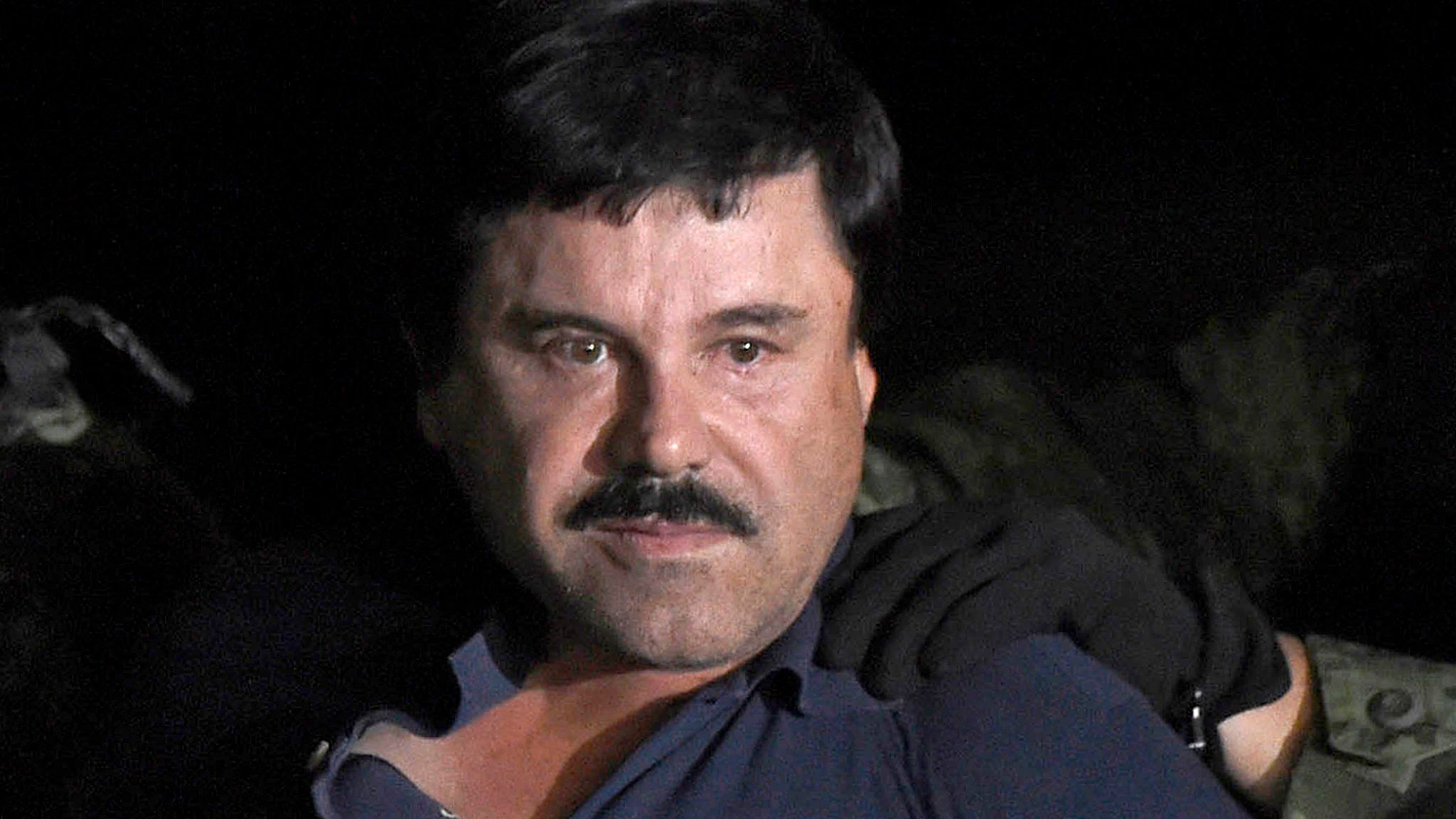[ad_1]
Midway through the 10-year period during which partner states of the East African Community are expected to have in place the required institutions and benchmarks leading to the creation of a single currency, the regional bloc concedes that progress has been slower than anticipated.
Partner states had agreed on four primary convergence criteria for at least three years before joining the bloc’s planned single currency in 2024: A ceiling on headline inflation of 8 per cent, reserve cover of 4.5 months of import, a ceiling on the overall deficit of 3 per cent of GDP, including grants, and a ceiling on gross public debt of 50 per cent of GPD in net present terms.
Officials say most member states have achieved the first two criteria but are working towards the rest by 2021.
“We are currently undertaking an assessment on the feasibility of attaining the macroeconomic convergence criteria within the set time frame and a report to this effect will be discussed in January 2020,” said the Head of Monetary and Fiscal Affairs at the EAC Dr Pantaleo Joseph Kessy.
But officials say economic mistakes and a bad experience with a single currency in the European Union have seen EAC take a cautious approach.
Even with time in hands, the bloc is behind schedule on setting up key institutions that were supposed to deliver the monetary union — EAC’s third pillar of integration after the Customs Union and Common Market.
For example, the East African Monetary Institute (EAMI), which was supposed to be established in 2015 to carry out the bulk of the preparatory work towards implementation of the monetary union protocol, remains on paper to date.
“Three more institutions were to be established in 2018 and they have not been established to date,” added Dr Kessy.
In July 2017, EAC officials and central bank governors of the bloc’s partner states travelled to Germany, to see how the EAMI would manage the transition to a single currency, based on lessons from the European Monetary Institute that oversaw the transition to the EU Monetary Union.
A report of the study tour shows the high level of policy co-ordination among EU member states’ central banks, which enabled them to share information regarding intended monetary policy changes, before such changes were effected.
“One key lesson from Europe’s experience that is relevant to the EAC, is the depth of the institutional foundations on which the Eurozone is built and the substantial financial commitments, (including through structural and stabilization funds) that have been made to the EU supra-national policymaking bodies,” the report reads.
Also, the report noted the willingness to relinquish national sovereignty to region-wide institutions, adding that “it would be important for the architecture of the EAC integration to acknowledge the scale of these commitments.”
In a race for infrastructure development, Kenya—the bloc’s biggest economy—and Uganda have racked up significant volumes of public debt in recent years. Kenya’s debt to GDP ratio stands at 56.2 per cent.
Kenya’s Treasury targets a debt to GDP ratio of 48.6 per cent by June 2019 and projects a decline to 43.2 per cent by 2021—a tall order given the current debt level, according to an April 2019 analysis by the Institute of Economic Affairs.
Economists at the regional bloc are watching Kenya’s Treasury as it works to bring fiscal its deficit and debt levels to within the EAC target of 50 per cent of GDP in net present value terms by financial year 2022/23, according to Dr Kessy.
Uganda’s debt on the other hand, currently stands at 41 per cent of GDP, and though still manageable, it is a cause for worry.
[ad_2]
Source link
Kenyan Business Feed is the top Kenyan Business Blog. We share news from Kenya and across the region. To contact us with any alert, please email us to [email protected]












